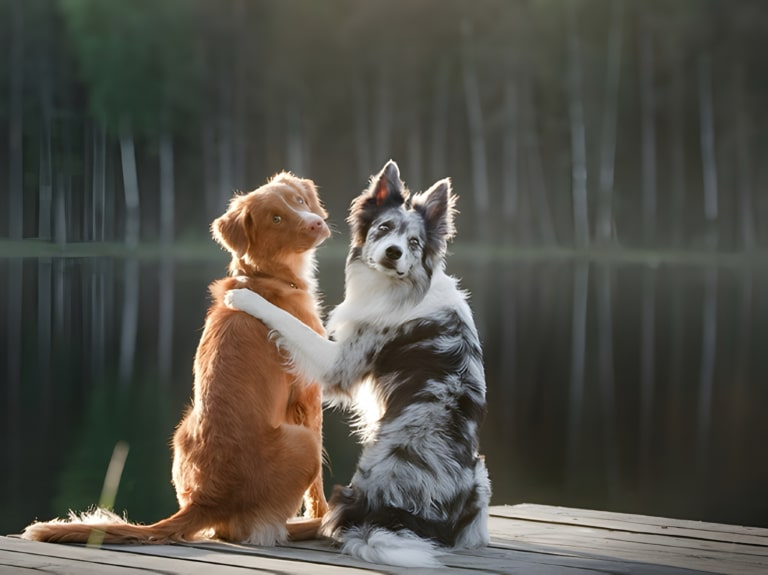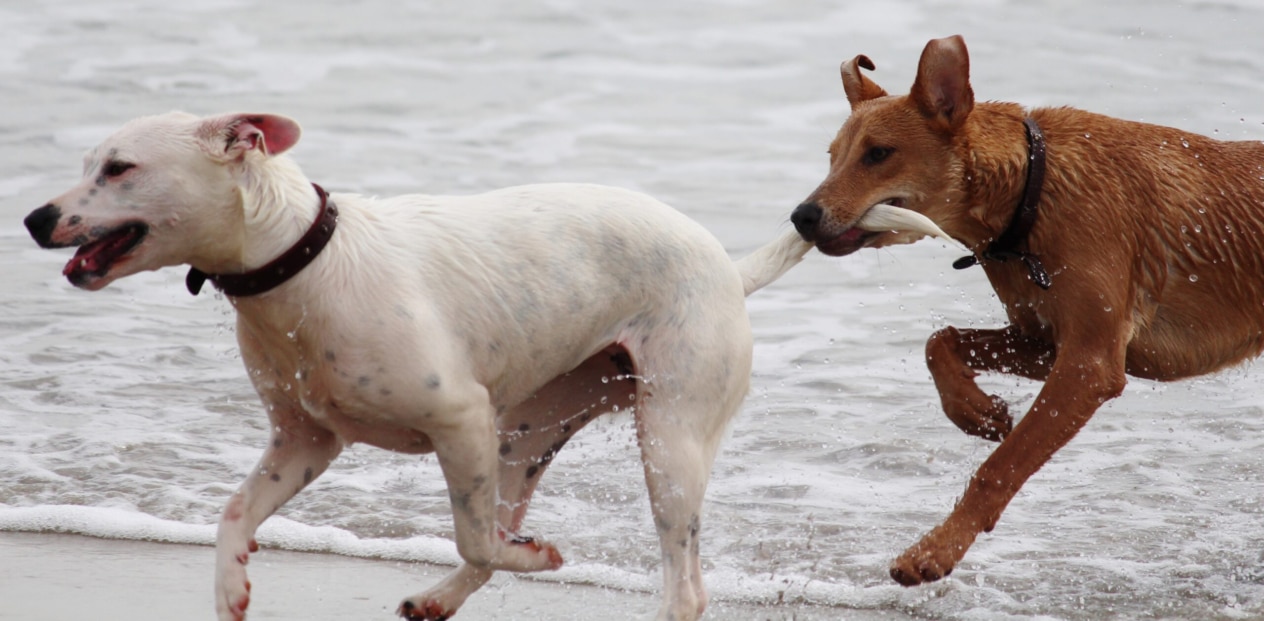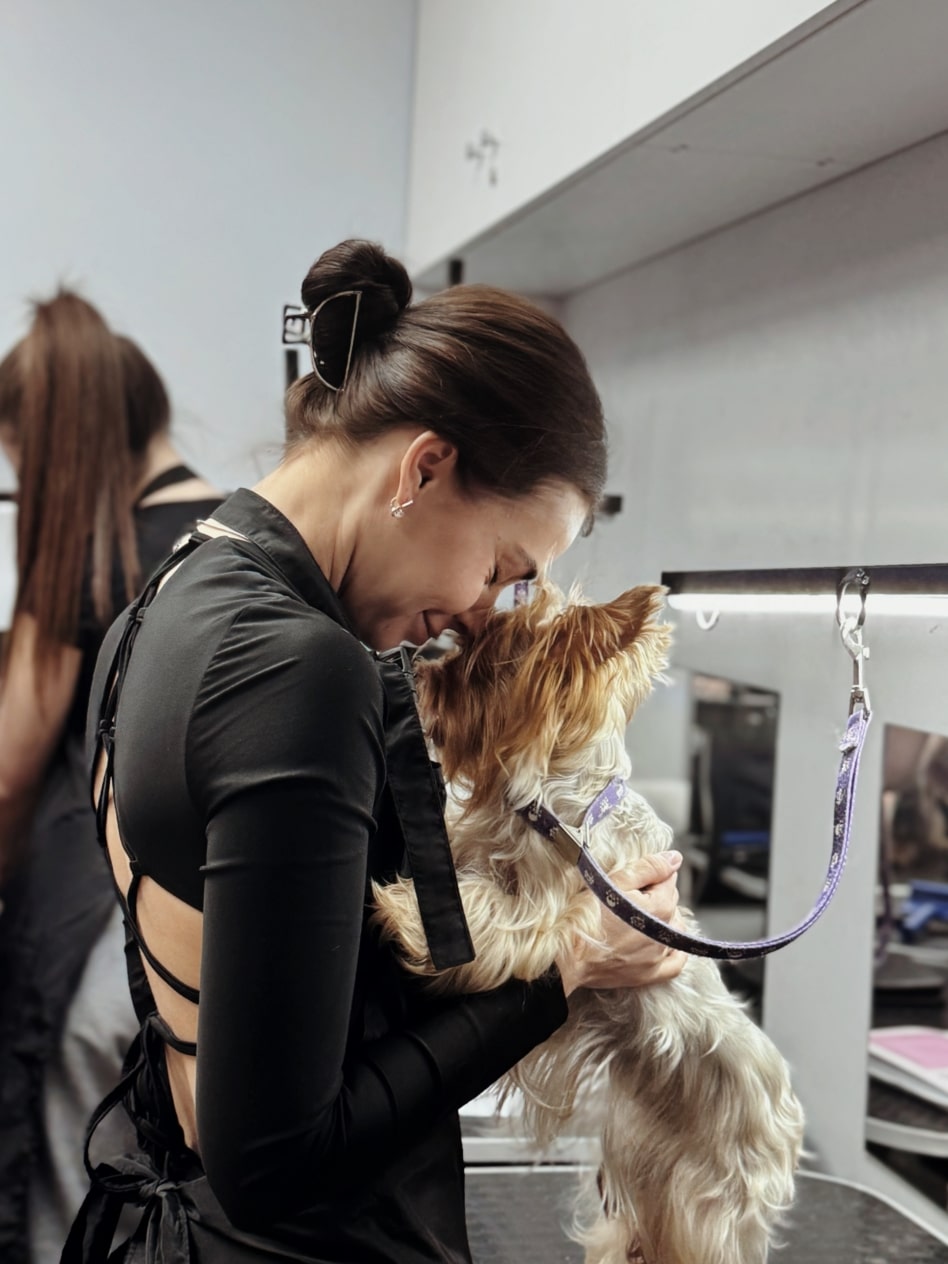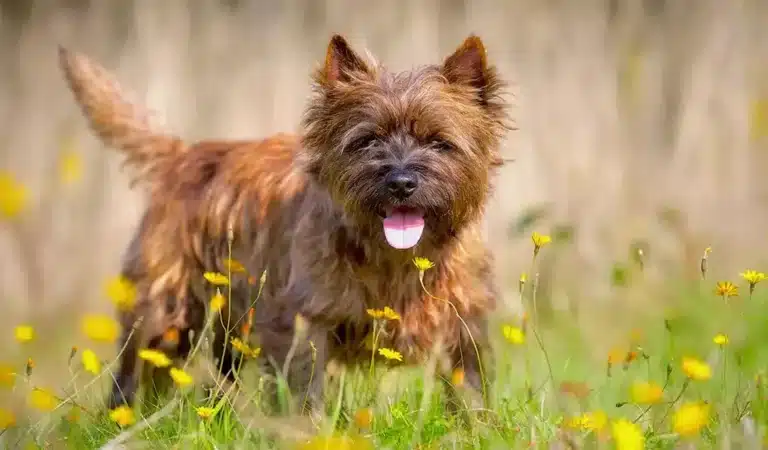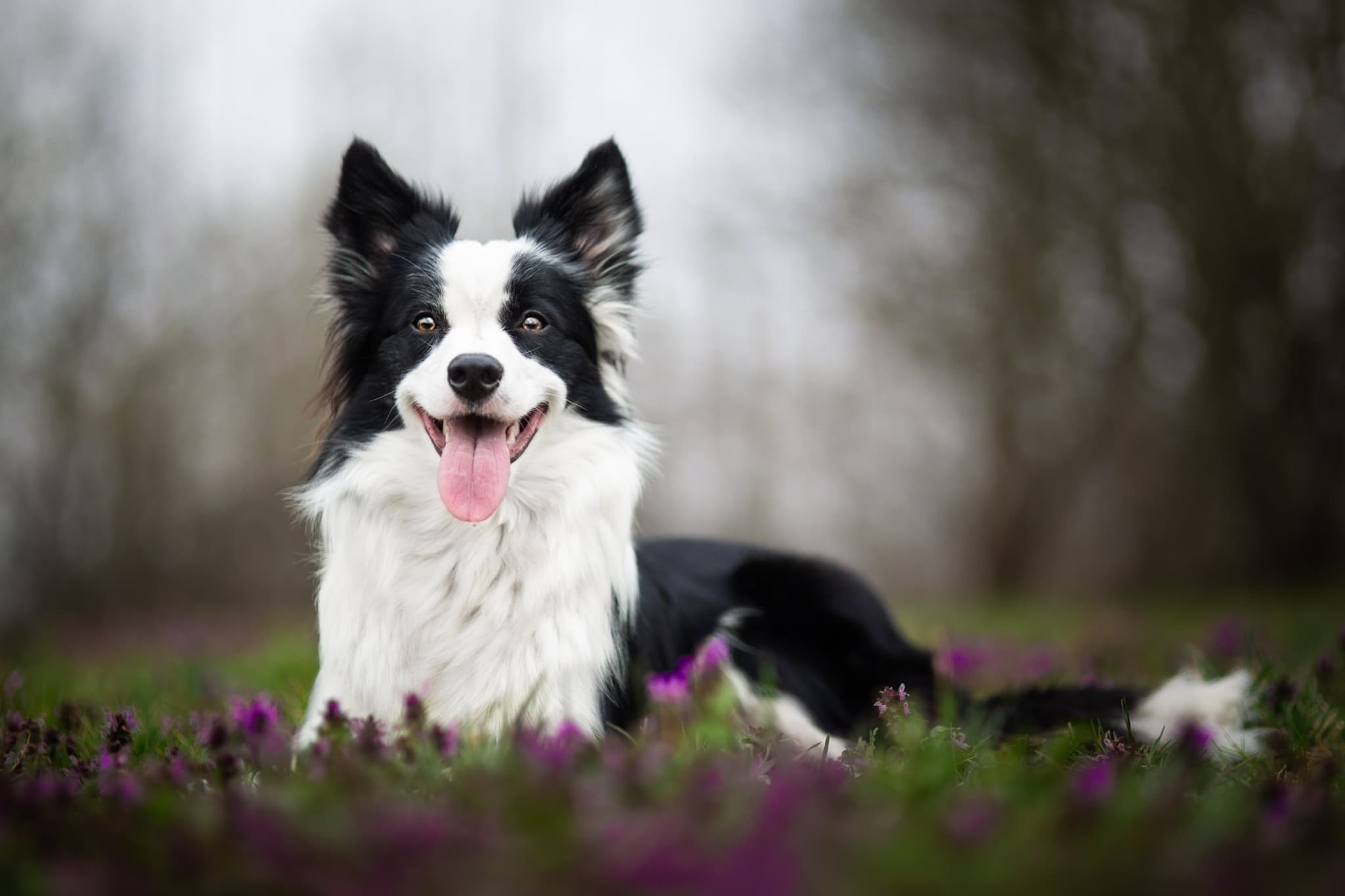- How dogs communicate with each other
- Dogs recognize odors
- How do dogs understand body language and facial expressions?
- The meaning of sounds
- Conclusion
Communication is an integral part of the life of any living organism. Life without the ability to transmit information would be not even primitive, but impossible. Living beings have their own special ways of communication: people communicate in the vast majority, thanks to language, animals use sounds, facial expressions, body position and even odors. Today let’s talk about the ways of communication of our pet friends – dogs. There is no doubt that any owner will want to understand the language of his ward.

How dogs communicate with each other
1). Olfaction. It is a well-known fact that dogs are tireless sniffers, and this is not just because it is apparently the way they receive or transmit the greatest amount of information.
2). Body language (facial expressions, the position of individual organs or body parts) is the next important mode of communication for dogs.
3). Sounds. Smells and movements in dogs can often say more than the sounds they produce, so voice usually conveys less information than other modes of communication, but it is also necessary.
Each of these types of communication has its place in the world of our pet Friends and is very important in their socialization. So let’s take a closer look at each of them later in our article.
Scent Recognition by Dogs
In the lives of humans, odors do not play a key role for existence or communication unlike dogs. We shouldn’t be surprised by our lesser friends’ habit of sniffing everything, as dogs gather so much information through their sense of smell that we have nothing to imagine. When communicating with their own kind, dogs often secrete pheromones, each with a distinctive odor and meaning. Smell can say more about the “interlocutor” than anything else, such as:
– identification, since each dog has its own unique scent that makes it recognized by others, people use names for this purpose;
– emotional state – the animal’s odor changes according to fear, excitement or aggression;
– sexual activity, the readiness for mating of the female dog is indicated by the change in the odor she emits;
– food preferences of the animal can be recognized through the smell of its breath or fur.
Dogs have several ways to communicate information by odor. One of the most common is urine marking. Animals use urine to mark their territory; leave tags to memorize a route or safe area; express and affirm their status; females communicate to males that they are ready to mate. These tags can also provide a lot of important information about the animal, such as age, sex, health and even emotional state.
Another way is the transmission of odors through glands. Dogs have glands on their paws, ears, tail, and around the anus, each of which emits a different odor and carries a separate message. The anal glands can overwhelmingly tell us about a dog’s health and mood; the interdigital glands are activated when a dog is anxious or fearful; the ear and muzzle glands can be called a dog’s passport, as animals recognize each other through them; and the tail glands secrete scent to leave a mark when the tail is moved.
Another means of communicating odors is through breath and saliva. This is how dogs get information about the emotional state of their partner, whose saliva odor changes with excitement. Through saliva odor, dogs learn what their mate has eaten. And also certain bad breath can signal health problems.
How do dogs understand body language and facial expressions?
Through body position, posture and facial expressions, dogs can also communicate with each other. They communicate their status, excitement, fear, aggression, friendliness, etc. by displaying certain movements. Let’s take a look at what certain behaviors mean.
There are three basic types of dog behavior: friendly, insecure, and aggressive.
Friendly type. Friendly and cheerful context can be read in this behavior: the animal’s movements are casual and smooth, the body is relaxed, the mouth is open and the tongue is out. The ears are in the most usual position for this particular dog. It is important to realize that some animals will have their ears in a laying position and others will have their ears in a standing position, depending on the breed or health of the Four-legged. Tail wagging is not too fast, but broad.
Insecure Type. If the dog is experiencing fear, panic, or someone else’s dominance over him, he will behave as follows: the tail is tucked under, the ears are pressed against the head, and the head itself is lowered, or pressed into the body. The rear end will be flattened to the ground. If the dog avoids eye contact, turns his head away, licks his lips, and yawns, this indicates an intent to avoid conflict. When a dog is frightened, it may show aggression (growling, baring its teeth), but its fear will be revealed by uncertainty in its movements: ears and tail tucked in, body slumped.
Aggressive type. With this type, the dog will look excited and tense. This excitement will be accompanied by a demonstration of clicks, the fur will be raised on the back. The body posture may differ in aggression or dominance. In dominance, the dog’s body posture, tail and gaze are straight and the ears are up. However, if it is aggression, the front of the torso will be downward. This type of behavior can carry the most threat to the other dog.
Meaning of sounds
Vocalization is also important in communication for dogs. Dogs use a fairly wide range of sounds to express their emotions, intentions, and social interactions. The main ones are growling, barking, whining (whimpering, whining) and howling.
– Growling. This sound can have either a positive meaning or a negative meaning. To understand, you need to pay attention to the context, because animals often growl at each other during play, but if it is a defense of a toy, food, territory, female or a show of dominance, here you need to be vigilant, because the dog can attack his competitor. A special place is occupied by “grunting”, which is mostly attributed to a kind of growling, but it has an extremely positive character.
– Barking. This technique also needs to be considered through the prism of the context. Animals can play and amuse themselves with each other, and by barking they simply show affection to their mate, support the process of play and communication. In such a context, barking will be short and high or solitary and paused, in an attempt to draw attention to itself. In contrast, a series of rapid, continuous or low and deep barks would speak of warning of an attack, anxiety or signaling danger.
– Whining. Usually whining indicates discomfort, pain or sadness, but sometimes it has a positive clue. Pay attention to the situation. If dogs actively sniff and let out a slight whimper accompanied by licking when they meet, it is an expression of joy and pleasure.
– Howling. This can be called more of an instinctive way of communication, which was passed on to dogs from their ancestors – wolves. It is often a manifestation of loneliness. When emotionally close dogs are separated, they may begin to howl, signifying sadness for each other. If a dog howls in response to another dog howling, it is a way of responding to his companion.
Note that dogs combine sounds such as: barking and growling (insecure threat or play), barking and whining (trying to beg for something), whining and howling (longing for a mate, loneliness).
Conclusion
Animal communication methods are different from human ones, but you should not underestimate them and consider them primitive. In fact, dogs have a complex communication system that includes verbal, non-verbal signs, and odors. The world of communication between our Faithful Friends is incredibly amazing and rich. When communicating, dogs are guided by sounds, body position, and odors. This is how they establish a hierarchy, resolve conflicts, or establish a benevolent emotional bond. This sign system is extremely complex, even rivaling our own.
Knowledge of our Pets’ sign and sound communication system is important for every caring owner. The first thing it gives us is the ability to understand the animal so that we can avoid conflict between animals in difficult cases. In addition, it allows us to learn to understand our Tails, because their communication with each other is not different from their communication with us. And agree that this is a very useful and interesting experience for us, which gives us the opportunity to use the abilities of animals, understanding their importance, for useful purposes for humanity.

